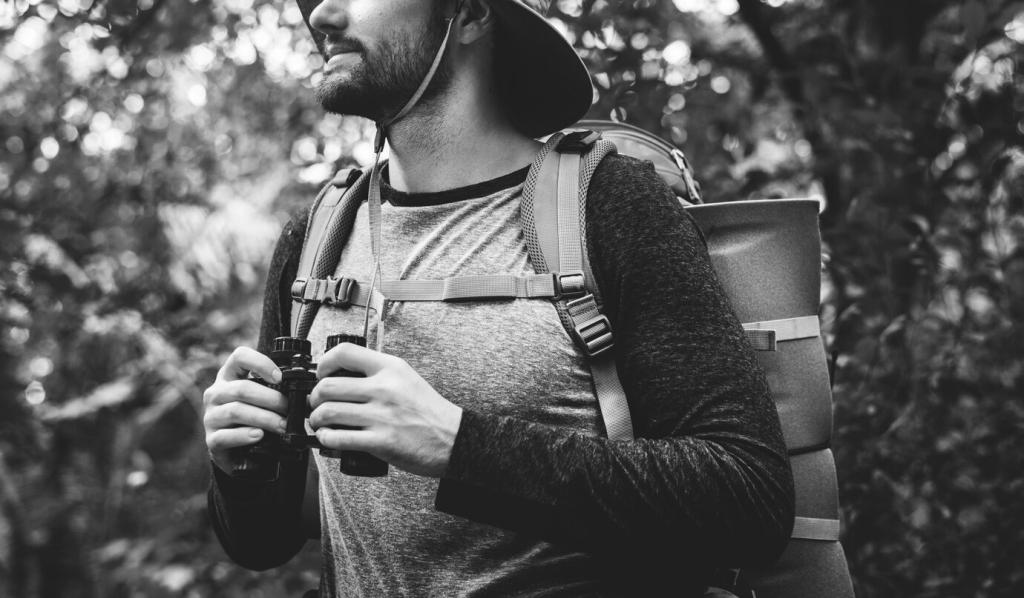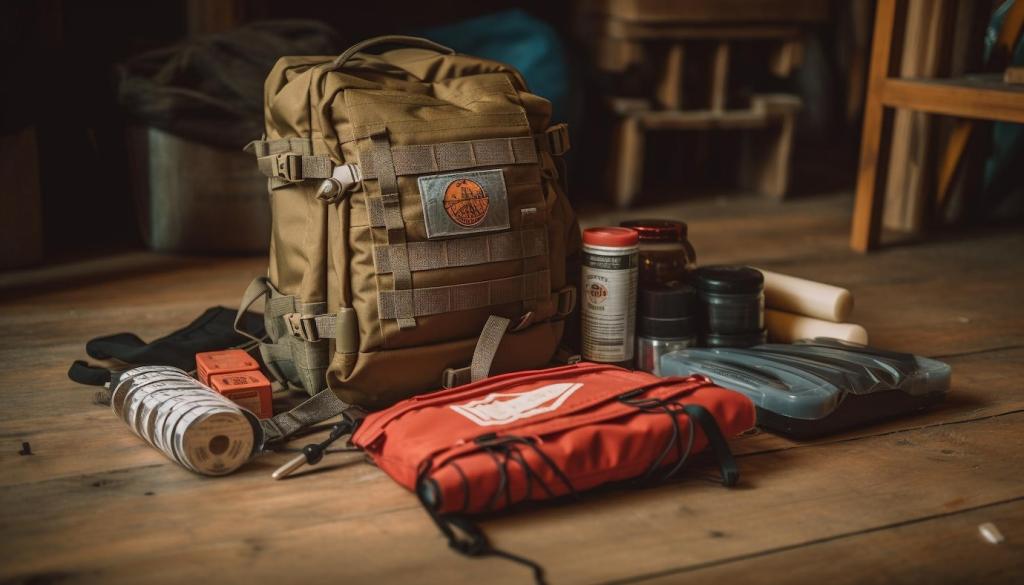First Aid and Field Repairs for Spring Surprises
Carry leukotape, hydrocolloid pads, alcohol wipes, and a tiny pair of scissors. Treat hot spots at the first hint of friction—waiting never helps. A five-minute tape job saved a long descent after snowmelt soaked my socks. What’s your must-carry fix for feet in shoulder season?
First Aid and Field Repairs for Spring Surprises
A small multi-tool, a wrap of tenacious tape, and a few meters of cord solve surprising problems: torn gaiters, loose buckles, rattling pole sections. Once, a quick field repair on a hipbelt strap kept my pack riding comfortably through windy traverses. Share your most creative trail fix.
First Aid and Field Repairs for Spring Surprises
Consider a satellite messenger or PLB for low-service areas, and always share your itinerary. Check forecasts and avalanche bulletins before leaving. I keep a short charging cable taped to my power bank so it never gets forgotten. Subscribe for printable spring gear checklists and safety reminders delivered before your next hike.





